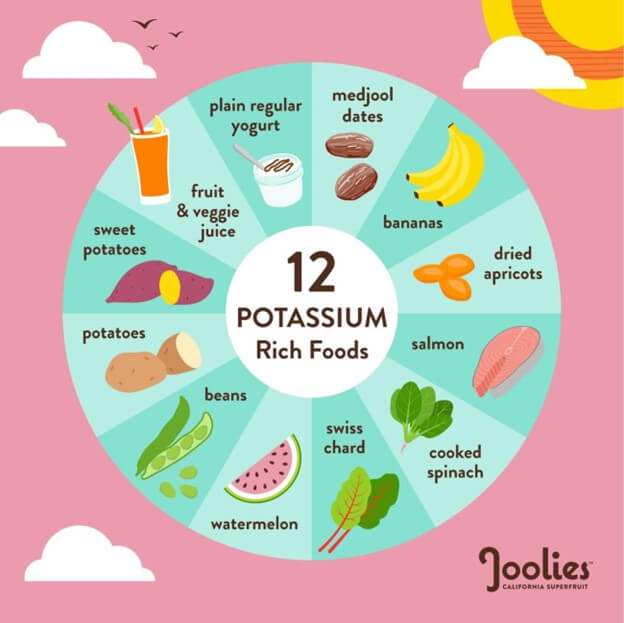A nurse is providing dietary teaching to a client who has a new diagnosis of irritable bowel syndrome.
Which of the following recommendations should the nurse include?
Consume foods high in bran fiber.
Increase intake of foods high in gluten.
Increase intake of milk products.
Sweeten foods with fructose corn syrup.
The Correct Answer is A
Choice A rationale:
Consuming foods high in bran fiber can help regulate bowel movements and alleviate symptoms of irritable bowel syndrome (IBS). Fiber adds bulk to the stool and can prevent constipation, a common symptom in IBS patients. Adequate dietary fiber intake is generally recommended for individuals with IBS.
Choice B rationale:
Increasing intake of foods high in gluten might worsen symptoms in individuals with gluten sensitivity or celiac disease. Gluten-containing foods can trigger gastrointestinal distress in susceptible individuals and should be avoided if gluten intolerance is present.
Choice C rationale:
Some individuals with IBS are lactose intolerant, which means they have difficulty digesting milk products. Increasing intake of milk products can exacerbate symptoms such as bloating, gas, and diarrhea in these individuals. It is important to assess the client's tolerance to lactose-containing foods before recommending their consumption.
Choice D rationale:
Sweetening foods with fructose corn syrup may worsen symptoms in individuals with IBS. Fructose is a type of sugar that can cause gastrointestinal distress in some people, especially those with fructose malabsorption. Recommending sweeteners with low fructose content would be more appropriate for individuals with IBS.
Nursing Test Bank
Naxlex Comprehensive Predictor Exams
Related Questions
Correct Answer is A
Explanation
Choice A rationale:
Glargine insulin is a long-acting insulin that provides a basal level of insulin over 24 hours. It is suitable for managing blood glucose levels in clients with diabetes mellitus who require a long-acting insulin to maintain glycemic control throughout the day.
Choice B rationale:
NPH insulin is an intermediate-acting insulin that lasts for about 12-16 hours. While it can be used for blood glucose management, it is not the best choice for a client needing long-acting insulin coverage throughout the day.
Choice C rationale:
Insulin aspart is a rapid-acting insulin used to control postprandial glucose levels. It acts quickly to lower blood sugar after meals and is not suitable for long-acting coverage.
Choice D rationale:
Regular insulin, also known as short-acting insulin, is used to control blood glucose levels during meals. It has a faster onset of action compared to long-acting insulins and is not appropriate for managing basal insulin needs over an entire day.
Correct Answer is A
Explanation
Explanation: Sweet potato is a food that is high in potassium, which is an electrolyte that regulates fluid balance, nerve impulses, and muscle contractions in the body. A medium- sized sweet potato contains about 541 mg of potassium, which is more than 10% of the recommended daily intake for adults. Baked chicken breast, wheat bread, and canned green beans are foods that are low or moderate in potassium, containing less than 300 mg per serving.

Whether you are a student looking to ace your exams or a practicing nurse seeking to enhance your expertise , our nursing education contents will empower you with the confidence and competence to make a difference in the lives of patients and become a respected leader in the healthcare field.
Visit Naxlex, invest in your future and unlock endless possibilities with our unparalleled nursing education contents today
Report Wrong Answer on the Current Question
Do you disagree with the answer? If yes, what is your expected answer? Explain.
Kindly be descriptive with the issue you are facing.
